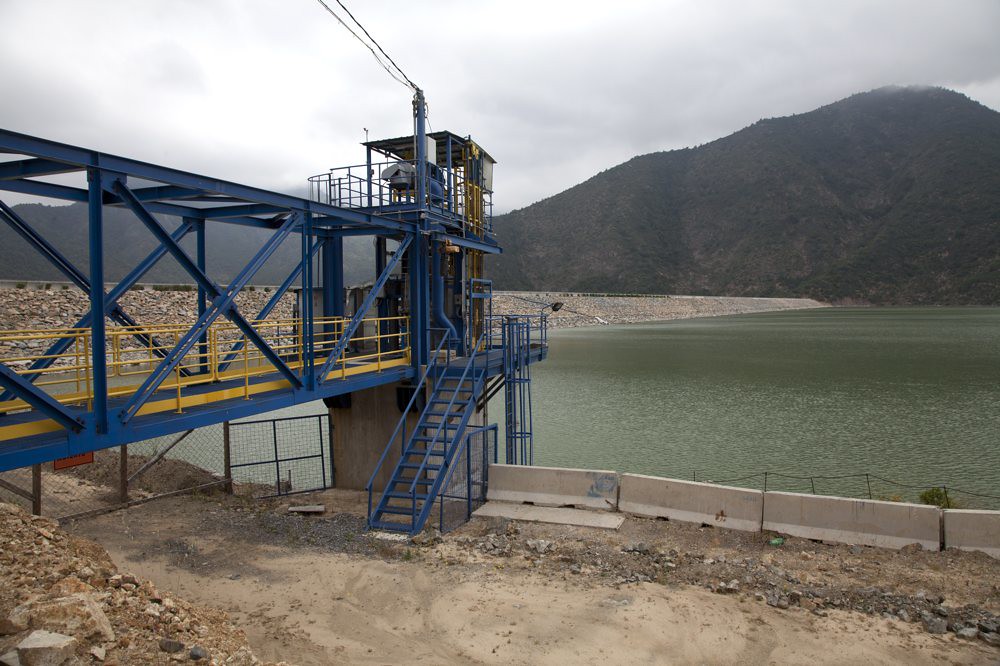
Research has found that deep-sea mining can cause animals including fish and shrimp to vacate surrounding areas for at least a year. The conclusion comes as environmentalists sound the alarm against a growing number of governments and companies seeking permits for deep-sea mining.
The study, published by the National Institute of Advanced Industrial Science and Technology in Tsukuba, Japan, in the Current Biology journal, observed deep-sea mining areas one year on from extraction.
In July 2020, the Japanese Government conducted the first deep-sea mining test on cobalt-rich crusts on the summit of Takuyo-Daigo Seamount, an area located within the country’s exclusive economic zone.
Researchers observed a 43% drop in fish and shrimp density in the areas directly impacted by sediment pollution from the mining activity 13 months later. They also noted a 56% drop in fish and shrimp density in surrounding areas.
According to the study “highly mobile swimmers showed reduced densities after the test in both deposition and adjacent areas following disturbance”.
The 28th Council of the International Seabed Authority (ISA), an arm of the UN, is currently in session to discuss regulations for the mining of metals and minerals on the sea floor. Delegates have struggled to reach a consensus during talks so far.
The meeting of the council is taking place from 10–21 July, while the ISA Assembly will meet from 24–28 July.
In 2021, the Pacific state of Nauru activated an obscure sub-clause in the UN Convention on the Law of the Sea, which gave the ISA a two-year deadline to finalise regulations.
According to the two-year rule, the ISA must “consider and provisionally approve” applications two years after they are submitted, despite the fact that regulations have not yet been finalised.
Nearly 200 governments are calling for a “precautionary pause” or moratorium on deep-sea mining until more in-depth research has been completed. France has also banned the practice outright.
Ongoing controversy
Those that support deep-sea mining maintain that it can be conducted “in a responsible manner”.
Polymetallic nodules are of particular interest to deep-sea miners. The potato-sized rocks are found on the sea floor and are rich in mineral deposits including copper, manganese, nickel and cobalt. These metals are in high demand due to their use in energy transition technologies including electric vehicles and batteries.
Environmentalists and marine experts have warned that mining at such extreme depths could have serious and lasting impacts on marine wildlife and ecosystems. Swathes of the deep ocean remain under-researched, and biologists predict that thousands of species that live there are yet to be named.
“States have been rushing to develop and adopt a Mining Code for the last two years at the ISA Council,” said Emma Wilson, policy officer with the Deep Sea Conservation Coalition, in a statement issued last week. “The very fact this has not been possible is confirmation of the glaring scientific gaps that exist, the volume of unaddressed regulatory issues and the growing global backlash to an industry we know will cause irreversible destruction to our ocean.”




